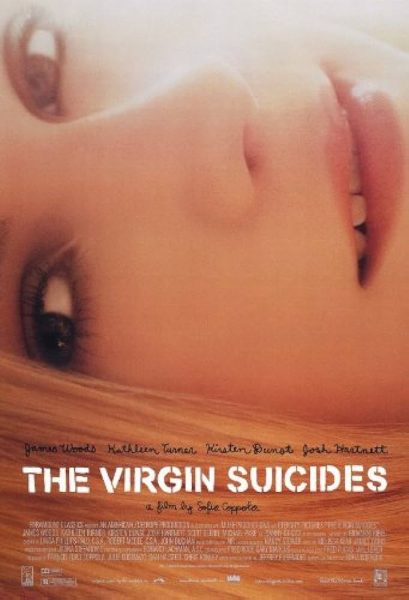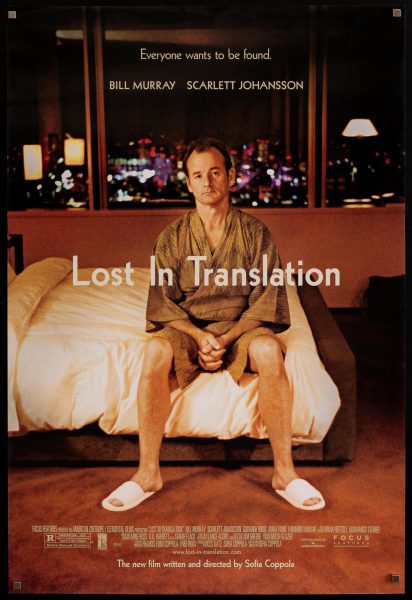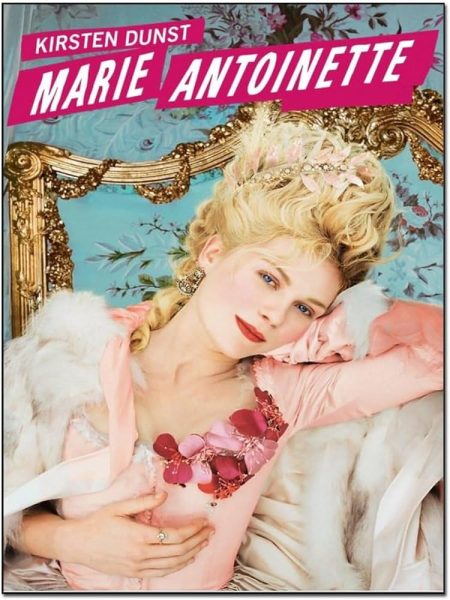American Film Producer and Screenwriter Sofia Coppola has recently been spotlighted following the release of her movie “Priscilla.” She also gained attention from the 2023 TV and film award cycle, which includes the Golden Globes, Oscars and other prestigious awards. In honor of “Priscilla”’s release and Golden Globe nomination, I will be reviewing “The Virgin Suicides,” “Lost in Translation,” and “Marie Antoinette,” three of Coppola’s most popular movies.
“The Virgin Suicides” (2000)
Notable awards include the Young Hollywood Award for Best Director, given to Coppola in 2001 after “The Virgin Suicides” was released.
Based on the novel by American Author Jeffrey Eugenides, “The Virgin Suicides” follows the story of five sisters known as the Lisbon girls, and depicts the events that occur after the youngest sister, Cecilia, attempts suicide.
Told from the perspective of a group of boys in their neighborhood, Coppola turns the novel into an ethereal screenplay, staying true to the scenes in the novel, while adding to the story to create her own take.
By exploring niche details of each of the Lisbon girls’ personalities, Coppola makes the experience of watching the film entirely different from reading the novel. The Lisbon girls’ individual traits are represented through the clothing they wear, the pictures taped up in their shared room, and even the stationery they use to communicate with the boys.
Coppola’s cinematography also adds character and detail. When Lux, one of the Lisbon girls, wakes up in the middle of a field, the filter on the film makes the heartbreaking scene feel like something out of a dream.
Although the film depicts multiple tragedies, the calmness of the juxtapositions between the content of what is happening on-screen and how it is depicted make the movie feel like it is about anything but the deaths of four girls.
“Lost in Translation” (2003)
Notable awards include the 2004 Academy Award for Writing (Original Screenplay) and the 2004 Golden Globe Award for Best Screenplay.
“Lost in Translation” tells the story of a lonely movie star, Bob Harris, and a young woman, Charlotte. Charlotte recently married her husband John and is accompanying him on a trip to Tokyo for one of his photography projects. In the hotel, she meets Bob, who is staying there during a trip to endorse a Japanese whiskey brand.
Charlotte is figuring out how to cope with the newness of her marriage, and Bob feels isolated from his family. In “Lost in Translation,” Coppola tells the story of Charlotte and Bob and their time together in Tokyo as they connect to escape their mutual loneliness.
The lack of extensive dialogue in “Lost in Translation” highlights its emphatic soundtrack. The music Coppola chooses conveys what the characters are feeling in the absence of conversation, which adds emphasis to certain scenes and removes it from others. When Charlotte is feeling contemplative in her relationship, the music in the background softly highlights her rumination about Bob without overpowering what is happening on screen — a testament to Coppola’s directing talent.
Unlike “The Virgin Suicides,” “Lost in Translation” has no narrator. However, the lack of narration does not make the movie feel empty. Instead, the existentialism that the main characters experience stands on its own without Coppola employing a clear voice of narration to the audience.
Coppola also explores how people communicate with and relate to one another. The playful adventures that Bob and Charlotte have around Tokyo show the viewers how shared coping mechanisms aid feelings of solitude.
“Marie Antoinette” (2006)
Notable Awards include the Academy Award for Best Costume Design, which was not awarded to Sofia Coppola herself.
“Marie Antoinette” is Coppola’s modern take on the story of the queen of France in the 1770s, Marie Antoinette. Coppola tells the story of Marie’s journey to becoming queen, as well as the moments leading up to her death. Marie was not even 18 years old when she took the throne, leaving Austria and moving to Versailles. Coppola directs the story of Marie’s experience with isolation, conveying the feeling of being an outsider through her immaturity and publically lavish lifestyle.
While 1770s French royalty can feel distant in both time and geography, Coppola uses modern music, offering viewers an easy entry into the world of the film. The film is inherently a period piece, with extravagant costumes, wigs and general glamor. However, Coppola tells the story in a way that never makes that aspect of the film feel overpowering, often incorporating playfulness and some of the growing pains that teenage girls experience and can easily relate to.
This balance in storytelling is also attributed to the usage of modern songs in the soundtrack. Music from the late 1980s and 1990s, such as “Blue Monday” by New Order and other tracks from the early 2000s, helps viewers empathize more with Marie’s character.
Despite the fact that the target audience for “Marie Antoinette” does not include 1770s French royalty, seeing how Marie interpreted the stress of her life’s circumstances can be relatable for many viewers. Marie often swept her problems under the rug instead of dealing with them, which feels like a very human thing to do.
Coppola’s depiction of Marie’s extravagant lifestyle leads the audience to interpret her lavishness as a coping mechanism for her new life and ongoing stress. The film provides its viewers with the opportunity to see the teenage side of the former French queen, telling the complicated story of her life without overshadowing it with her death.
Coppola achieves the humanization of a notorious public figure through this film, making “Marie Antoinette” stand as more than just a simple period piece.
On a personal note, I really loved Sofia Coppola’s usage of music in her films— I think that separates her from other filmmakers and is a testament to her brilliant storytelling. Coppola brings human emotion to light in a unique and fresh way, specifically through her decision to not use a narrator in “Lost in Translation,” and I believe that contributes to the strength of her soundtracks.




